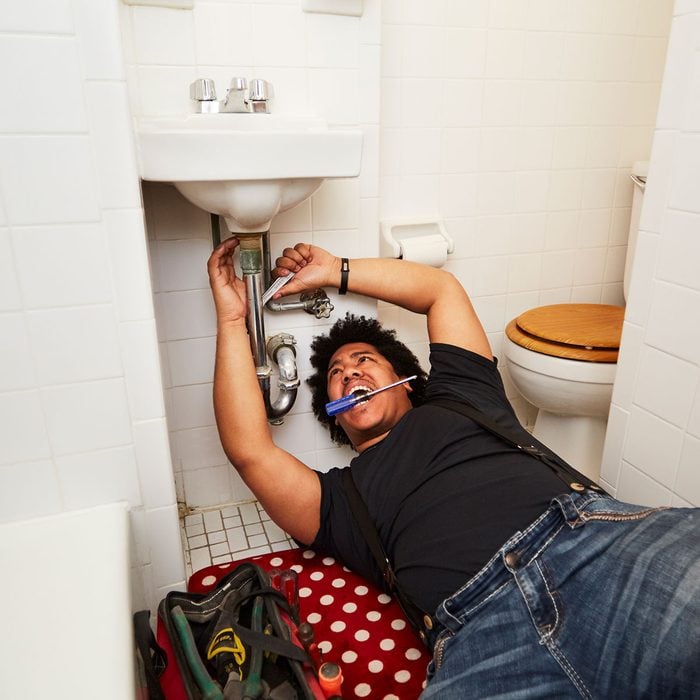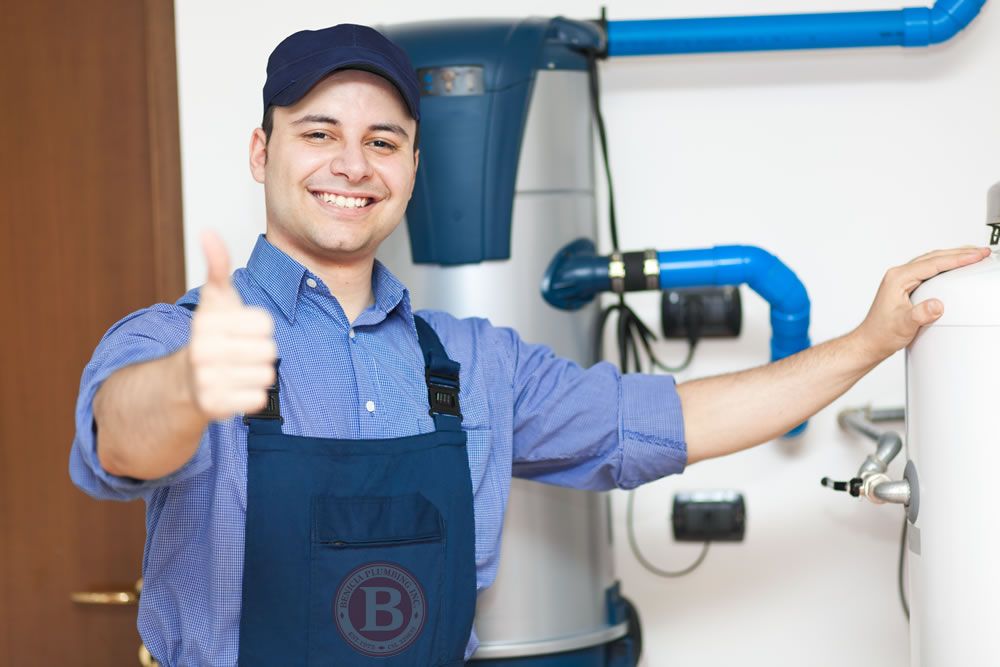Top Quality Water Heater Installation Alabaster AL for Ideal Comfort
Top Quality Water Heater Installation Alabaster AL for Ideal Comfort
Blog Article
A Detailed Guide to Efficient Hot Water Heater Installment for Optimum Efficiency
Getting started on the task of installing a hot water heater is a venture that requires precision and an organized method for accomplishing optimum efficiency. The procedure starts with the crucial choice of choosing the appropriate heating system customized to the details needs of your home, taking into consideration factors such as dimension, power, and kind source. When chosen, preparing the installment location to satisfy safety criteria is paramount. Nevertheless, the trip does not finish right here. As you continue, the details of linking water system lines and establishing up trusted electrical or gas connections wait for, promising understandings right into ensuring efficiency and reliability.
Selecting the Right Water Heating System

Following, think about the dimension and ability of the hot water heater. It's important to analyze your household's hot water requirements, which can vary based upon the variety of passengers and their use patterns. A device that's too small may cause not enough warm water, while an oversized version may lead to unnecessary energy usage.
Efficiency ratings additionally play an essential role in selection. Search for water heaters with high Power Factor (EF) scores, showing exceptional performance and minimized power use. Tankless versions, though commonly more costly in advance, offer significant energy savings with time as a result of their on-demand heating capabilities.
Preparing the Setup Location
Before mounting a new water heating system, careful preparation of the installation location is important. It's crucial to gauge the space meticulously to accommodate the water heating unit's measurements, ensuring ample clearance around the system for effective procedure and maintenance.
Next, remove any debris, dirt, or obstructions from the website to develop a clean atmosphere. Inspect the floor for security, as the hot water heater will require a solid, level surface to operate successfully. If essential, install a drip frying pan under the device to catch prospective leakages or spills, avoiding water damage to the surrounding area. In areas susceptible to seismic activity, take into consideration installing seismic straps to safeguard the heating unit securely in position.
Additionally, guarantee that all required devices and materials are on hand prior to commencing the setup. This includes things such as wrenches, screwdrivers, a level, and any kind of added hardware needed for placing and securing the heater. A well-prepared setup location sets the structure for a successful hot water heater configuration, optimizing performance and safety.
Connecting Water System Lines
When connecting water lines to your freshly mounted water heating system, it is crucial to ensure that all links are leak-free and safe and secure to keep efficient operation and prevent water damage. Begin by determining the cool and warm water system lines. The chilly water inlet is typically noted with a blue tag or a "C", while the warm water outlet is marked with a red label or an "H".
Use flexible water Read Full Report heating system connectors to facilitate a much easier installation process. Prior to attaching the connectors, put a plumbing's tape around the threaded ends of the water heating unit's inlet and outlet pipes.
When connections remain in place, slowly transform on the major supply of water valve. Examine each connection for leakages by aesthetically really feeling and examining for wetness. Tighten up links as essential, and ensure the pressure safety valve is properly mounted, guarding against too much stress accumulation.
Establishing Electrical or Gas Connections
Correctly establishing up the electrical or gas links for your water heating system is an essential step to ensure reliable and safe operation. For electric water heaters, start by validating that the electrical circuit is suitable with the heating unit's voltage and amperage requirements.
For gas water heating systems, security is extremely important. Validate that the gas supply is off before proceeding. Connect the gas line to the hot water heater using an adaptable gas port, ensuring it is appropriately threaded and secured with pipeline joint compound or Teflon tape appropriate for gas links. Tighten up the connections with a wrench, making sure not to try these out over-tighten (Water Heater installation Alabaster AL).
Once links are made, inspect for any prospective leaks. For gas lines, apply a soapy water option to the joints; bubbles show a leakage. For electrical connections, verify that all electrical wiring is protected and appropriately insulated, keeping conformity with regional electric codes.
Testing and Readjusting for Effectiveness
With the electrical and gas links securely in area, the next action is reviewing the functional performance of your water heating system. Begin by meticulously turning on the water supply and making sure there are no leaks at any of the joints or valves.
Following, do a detailed evaluation to make sure the burner or burner are functioning correctly. For electrical heaters, utilize a multimeter to verify if the components are attracting the appropriate current. In gas versions, observe the burner fire; it should be blue and stable, indicating reliable combustion.
Change the settings as needed to eliminate ineffectiveness. Consider executing insulation steps, such as adding a water heating unit covering, to better enhance efficiency by lessening warmth loss. Additionally, check the anode pole's condition, as a shabby pole can minimize performance and result in tank deterioration.
Verdict
Reliable water heating system installation is vital for guaranteeing optimum performance and energy financial savings. Firmly linking water supply lines and meticulously establishing up electric or gas connections decrease potential problems.

Effectively setting up the electrical or gas connections for your water heating system is an essential step to guarantee efficient and risk-free procedure. For electrical water heating systems, start by validating that the electric circuit is compatible with the heating system's voltage and amperage demands. Attach the gas line to the water heating unit utilizing a flexible gas connector, guaranteeing it is properly threaded and secured with pipe joint compound or Teflon tape appropriate for gas connections.
Report this page